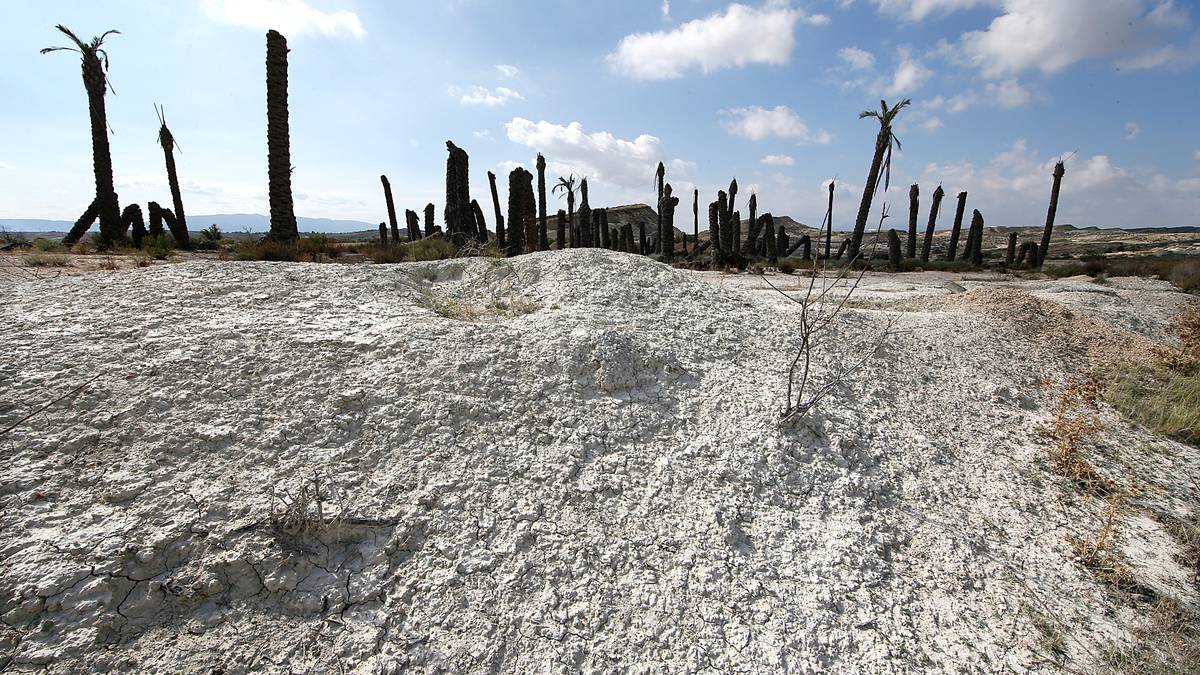At first glance, it might sound like the quiet and desolate stratosphere of Earth.
But when scientists sent a weather balloon 21 kilometers above the Earth’s surface, they detected some mysterious sounds. Written by several media, among others CNN.
The stratosphere is the second layer of the Earth’s atmosphere, which includes the ozone layer. The air is thin and dry, and the layers are rarely disturbed by turbulence.
The researchers gaped: – Never seen anything like this
Daniel Bowman, a researcher at Sandia National Laboratories in New Mexico, was inspired to explore the stratospheric soundscape after being introduced to the low-frequency sound produced by volcanoes.
Infrasound is a phenomenon that cannot be heard by the human ear.
Bowman and other researchers have previously attached cameras to weather balloons. And with colleague Jonathan Lees at the University of North Carolina, they found that no one had attempted to attach a microphone to a stratospheric balloon in half a century, Bowman said.
voices from around the world
Balloons can pick up sound twice as loud as commercial jets that can fly.
– On our balloons, we’ve recorded surface and buried chemical explosions, thunder, crashing ocean waves, propeller planes, city noise, rocket launches, earthquakes, and possibly even freight trains and jet planes, Bowman told CNN and added:
– We have also recorded a voice with an unknown origin.

Mysterious sound in Oslofjord
On Thursday, the researchers shared their findings at the 184th meeting American Acoustic Society in Chicago.
In the footage Bowman shared from one of the balloons circling Antarctica, infrasound of colliding waves can be heard – sounding like a continuous sigh.
But in the sound recordings you can also hear crackling and rustling sounds, and the researchers weren’t sure where the sound was coming from.

BALLOONS: Microphones and GPS attached to balloons used by researchers. Photo: Sandia National Laboratory
see more
Offer a challenge
The advantage of a balloon that can fly very high is that the noise level is lower and the balloon can record sounds from all over the world.
But balloons also present a challenge for researchers.
In the stratosphere, there is a demanding climate with frequent temperature fluctuations between hot and cold.

The spy balloon is shot down
– Balloons can be a bit slow, and we’ve already destroyed a few, said Bowman.
After gaining more experience with the flight itself, the biggest challenge for researchers now is identifying these mysterious sounds.
– They’re almost certainly from Earth. Maybe it’s turbulence, a violent storm far away, or a human object like a freight train. But sometimes it’s hard to know what’s being recorded, the researchers said.
Sarah Albert, a geophysicist at Sandia National Laboratories, has long researched so-called “sound channels” – channels through which sound is carried great distances through the atmosphere.
Among other things, he caught sounds of rocket launches and other unidentified noises.

Monitoring the “spy balloon” – then he noticed it
Albert explains that it’s hard to tell if the sound is all around the balloon, or if it’s far away.
Bowman and Albert will continue to investigate sound captured in the stratosphere and why it is only picked up by a few weather balloons.

“Hardcore zombie fan. Incurable internet advocate. Subtly charming problem solver. Freelance twitter ninja.”




